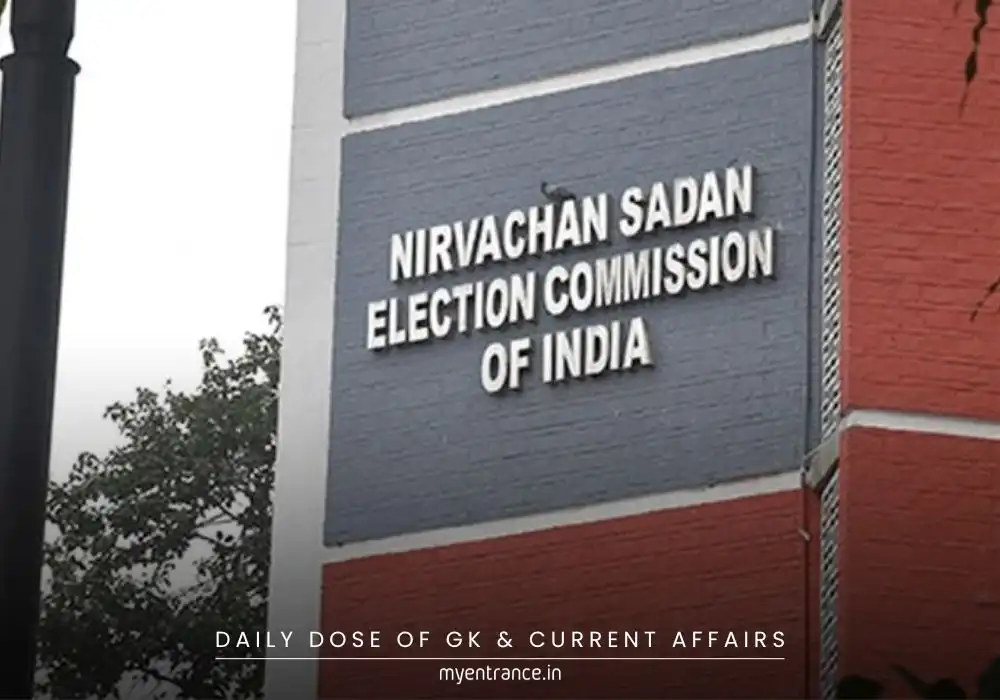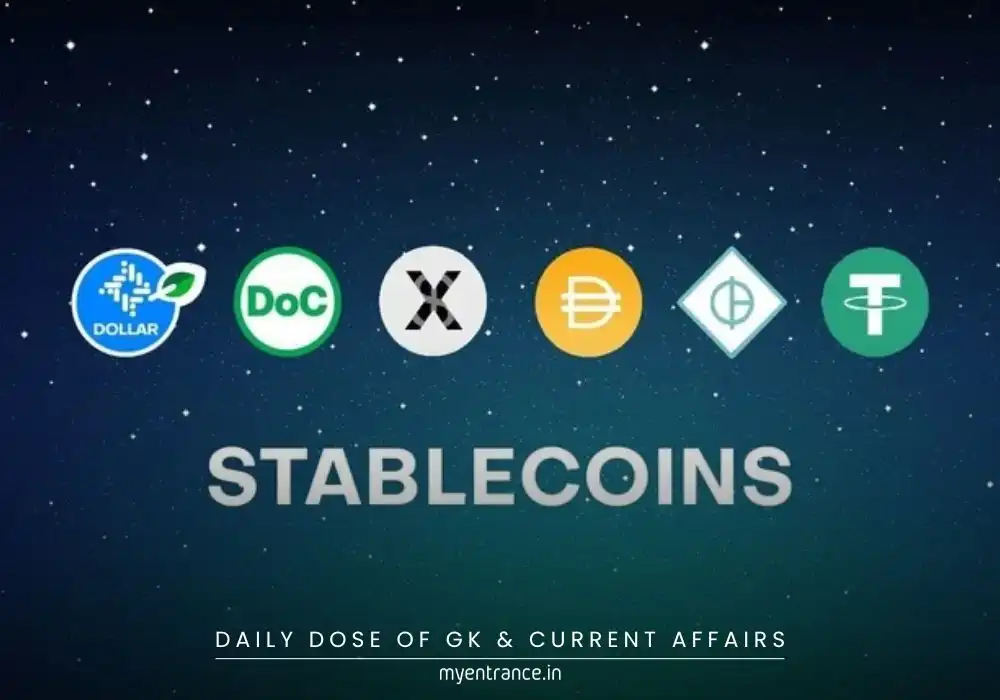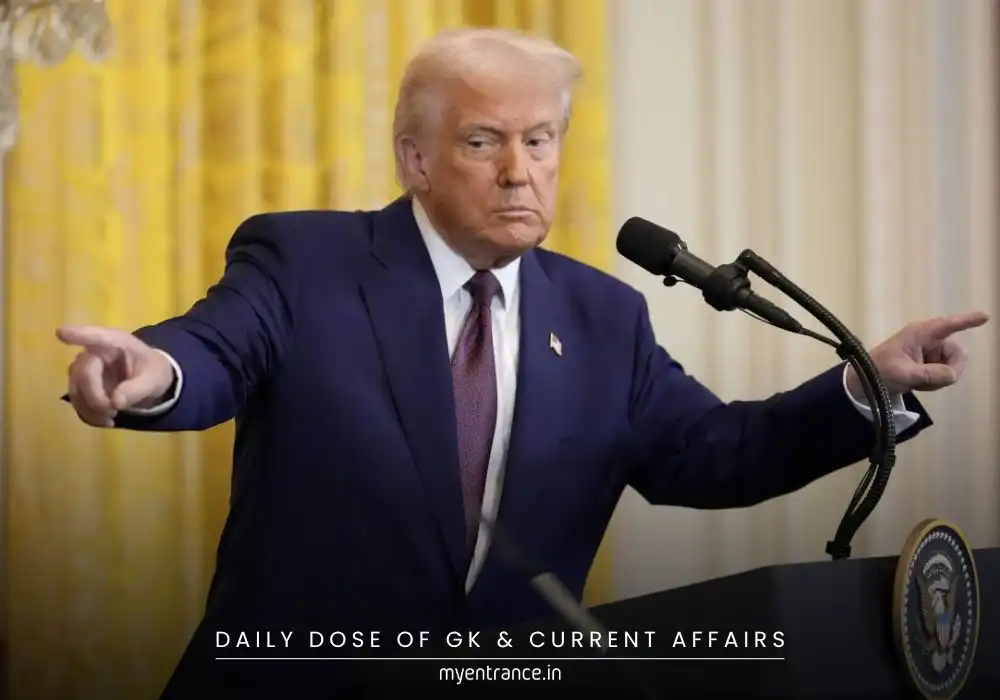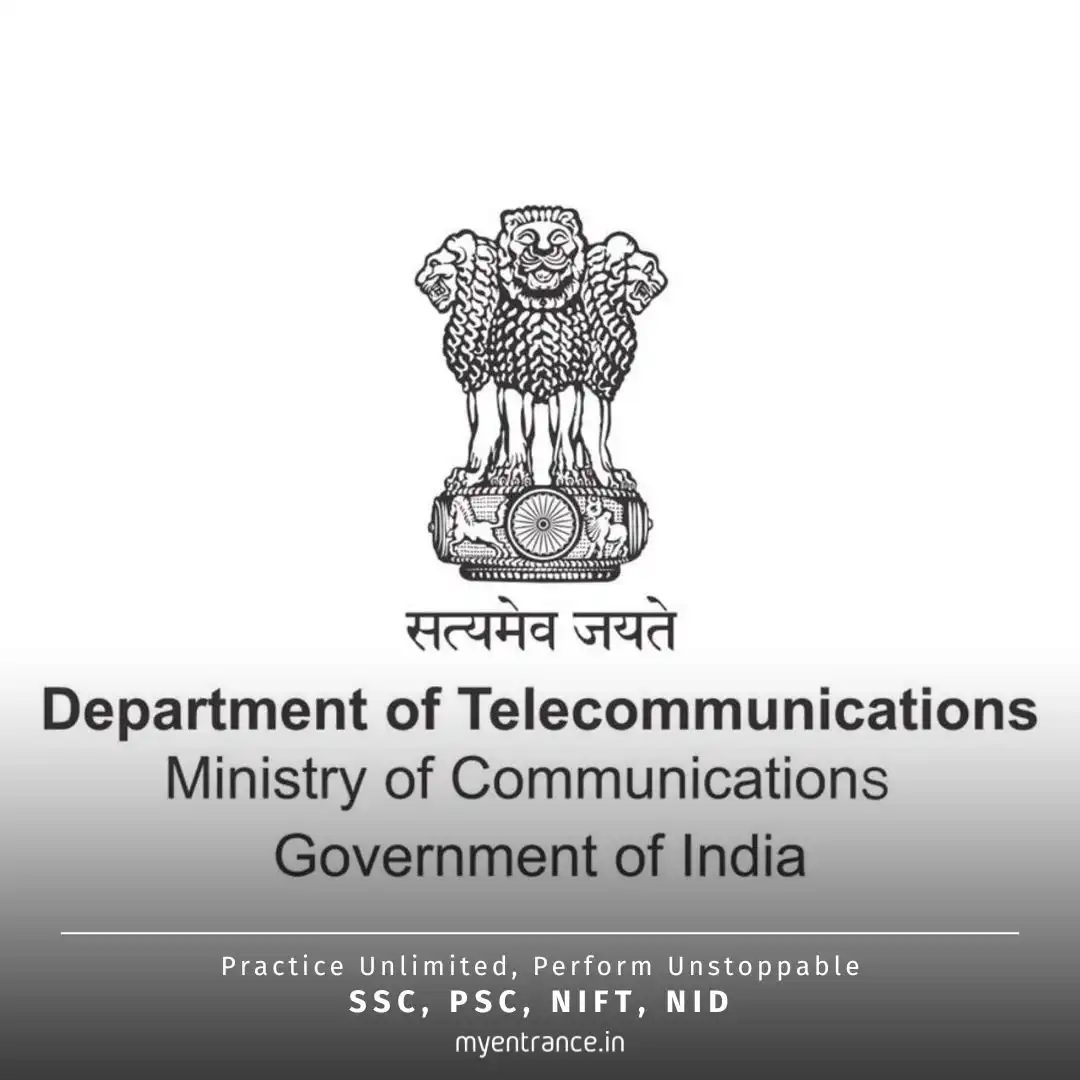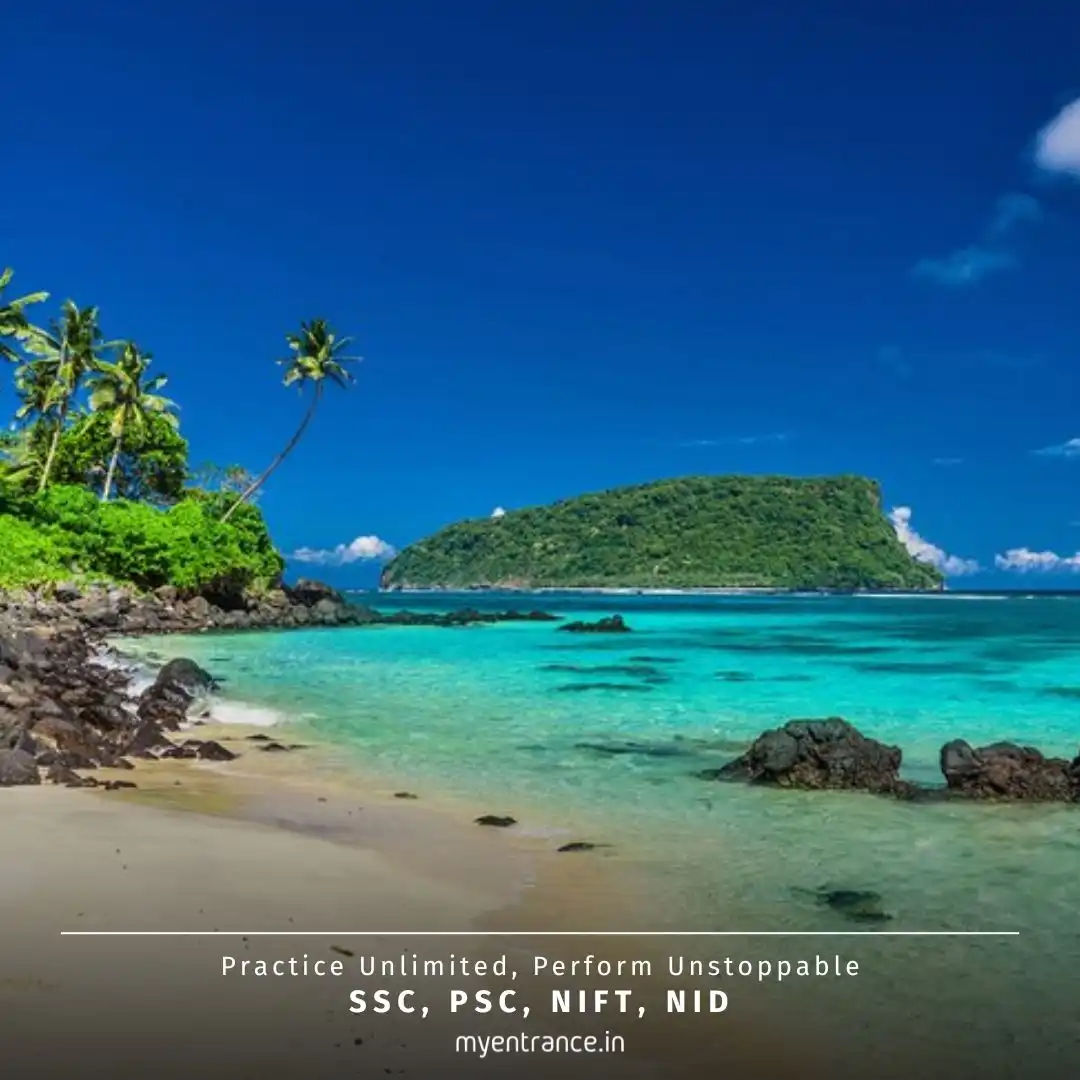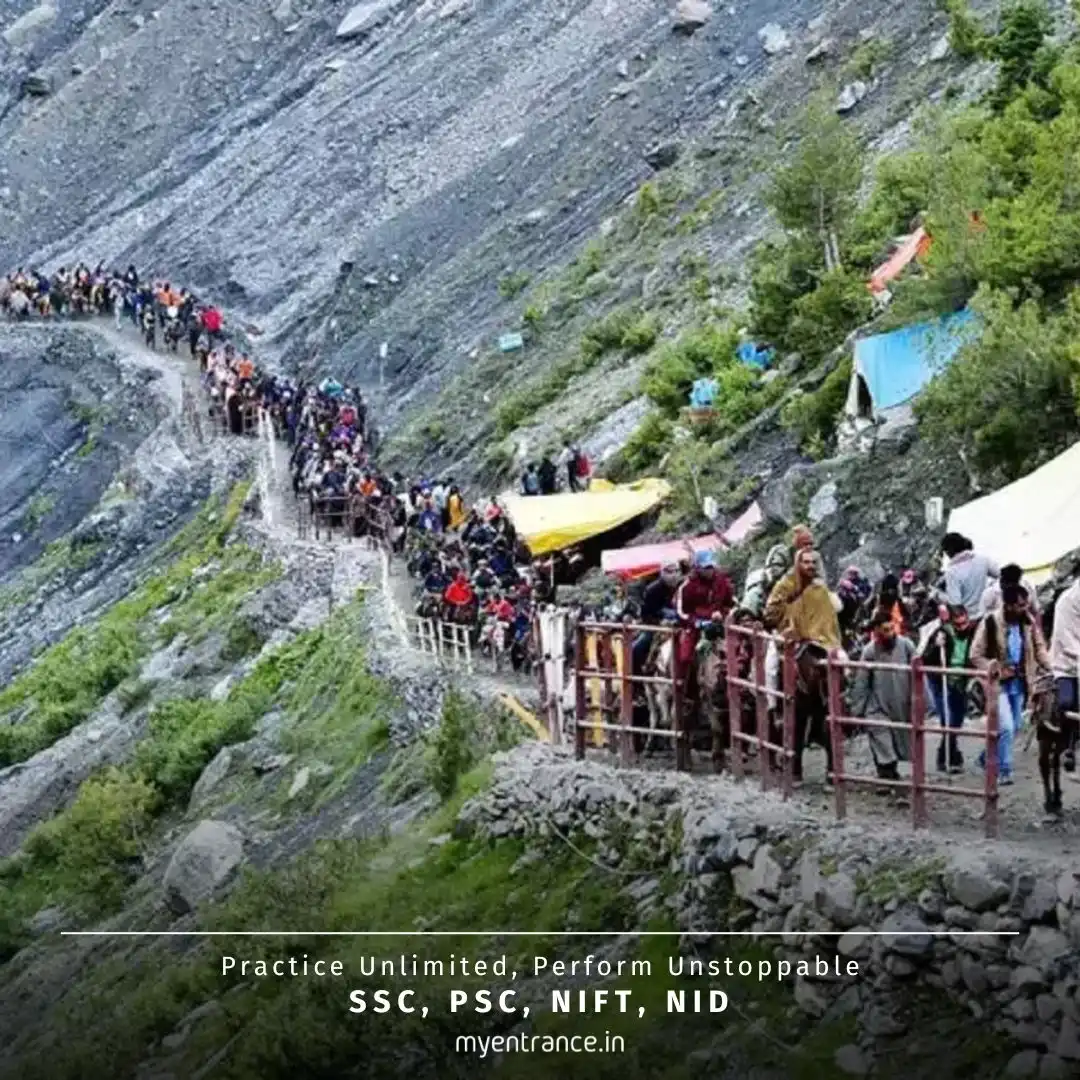Translate Language
Why Are Eco-Sensitive Zones (ESZs) Around National Parks Being Revisited?
India’s National Board for Wildlife (NBWL) is re-evaluating the 2011 guidelines on Eco-Sensitive Zones (ESZs) around national parks and sanctuaries. The goal? To make these zones more adaptable to regional ecological and socio-economic conditions rather than enforcing a rigid 10-km rule.

Why Are ESZs Important?
Eco-Sensitive Zones act as protective buffers around wildlife reserves, regulating human activities to minimize ecological damage. However, a uniform approach doesn’t always work—urban parks like Sanjay Gandhi National Park (Mumbai) and Asola Bhatti (Delhi) face different challenges compared to forested or marine reserves.
Key Issues with the Current ESZ Guidelines
One-Size-Fits-All Doesn’t Work: A blanket 10-km ESZ rule fails in urban areas and hill states like Himachal Pradesh, where most land is already forested.
Marine vs. Land-Based Sanctuaries: Current rules don’t account for the unique needs of marine ecosystems.
Renewable Energy Projects: Large solar/wind farms in ESZs may disrupt wildlife migration routes.
Local Development vs. Conservation: Strict ESZ norms can hinder infrastructure growth without clear ecological benefits.
Proposed Changes
Region-Specific Rules: ESZs should adapt to local geography and human activity.
Revised Guidelines: The Environment Ministry will consult experts and states before finalizing new norms.
Balanced Approach: Activities like organic farming and rainwater harvesting may continue, while large-scale industrial projects could face stricter checks.
Sample Questions & Answers for Competitive Exams
Q1: What is the purpose of Eco-Sensitive Zones (ESZs)?
A: ESZs act as shock absorbers around protected areas, regulating human activities to prevent ecological damage while allowing sustainable practices.
Q2: Why is the 10-km ESZ rule being reconsidered?
A: A fixed 10-km boundary doesn’t suit all regions—urban parks and marine reserves need flexible, site-specific regulations.
Q3: How do ESZs impact local communities?
A: While ESZs restrict harmful industries, they permit traditional farming and eco-friendly practices, balancing conservation and livelihoods.
Q4: What role does the National Board for Wildlife (NBWL) play?
A: NBWL advises the government on wildlife policies, approves projects near protected areas, and ensures conservation laws are followed.
Q5: Why are marine sanctuaries treated differently?
A: Marine ecosystems have distinct conservation needs, requiring separate regulations compared to land-based sanctuaries.
Why Is This Important for Exams?
Questions on Eco-Sensitive Zones, Wildlife Conservation, and Government Policies frequently appear in:
UPSC Prelims (Environment & Ecology)
SSC & State PSC Exams (General Awareness)
NID/NIFT/FDDI (Environmental Studies Sections)
Understanding ESZ revisions helps aspirants grasp India’s evolving conservation strategies, a key topic for competitive exams.
Get 3 Months Free Access for SSC, PSC, NIFT & NID
Boost your exam prep!
Use offer code WELCOME28 to get 3 months free subscription. Start preparing today!





